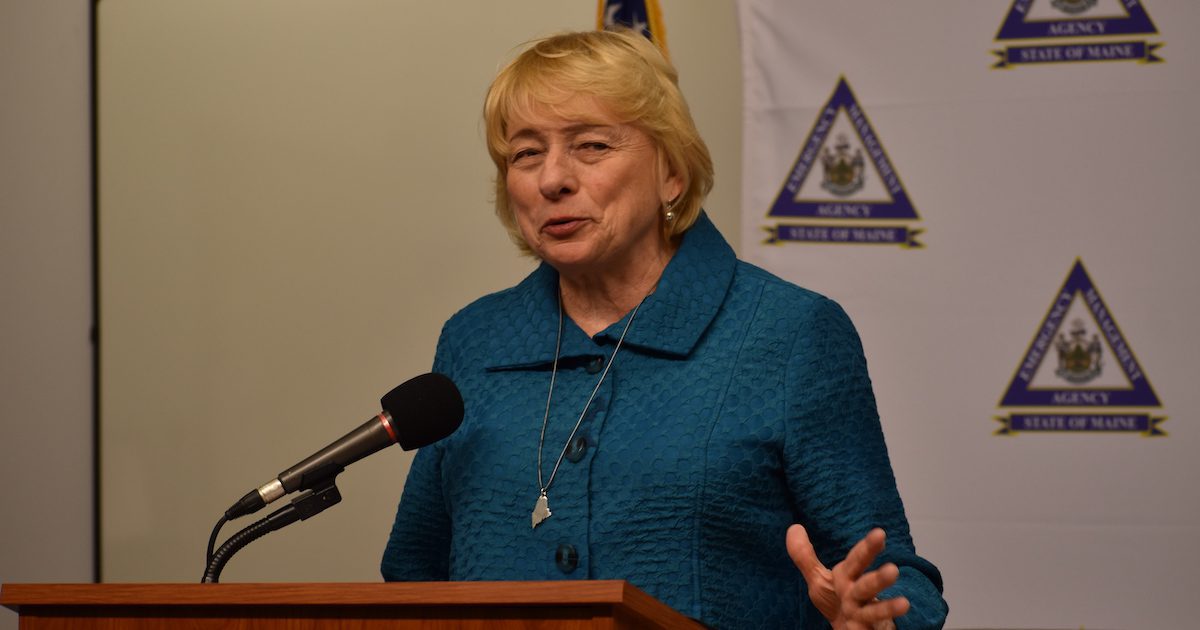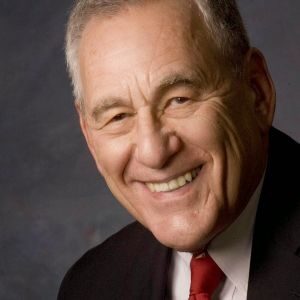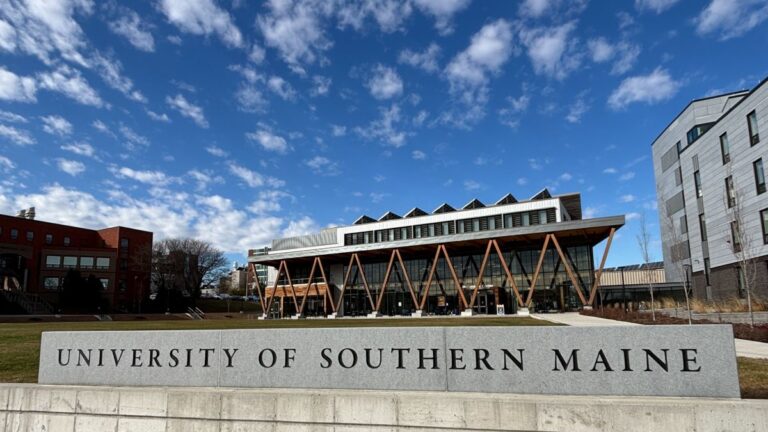The war about reopening the economy is being fought about as fiercely as the war against COVID-19 itself.
Maine is caught in this war between public health officials and open-economy advocates. The conflict has turned partisan.
A unanimous Legislature gave Gov. Janet Mills, a Democrat, strong authority to fight the spread of the virus. She has imposed and maintained rules on closures, conditions for access to the state and the use of masks. Republicans want to reduce some of those powers and ease her measures.
Maine’s protective action fits well with the state’s unusual profile that helps keep cases down. The results are striking.
At the start of the week, it was the third-lowest state in the number of COVID-19 cases per capita, according to the New York Times.
It is one of only two states that have fewer than 10 deaths per 100,000 residents from COVID-19.
Maine is the only state that consistently in recent weeks is listed in the authoritative New York Times daily data with almost no change in the number of new cases.
Other states with similar profiles also show relatively low COVID-19 impact. Besides Maine, this exclusive club includes Hawaii and Vermont. New Hampshire, Montana and West Virginia are close behind.
Four factors appear to place a state in this elite group.
The first is isolation. Three of these states are the most geographically isolated. Hawaii and Alaska do not share a border with any other state. Maine is the only state to border on only one other state.
There’s another isolating factor. Maine, Montana and Vermont border on Canada. The international border has been effectively closed for many weeks, limiting transfer of the virus.
Quebec has the highest number of cases among Canadian provinces, so the closure may help Maine and Vermont. New Brunswick, Maine’s other Canadian neighbor, has a relatively tiny number of cases.
The obvious conclusion is that states placed “in isolation” by their history have benefitted from their location. Their economies may have suffered from less contact with other states, but the public health of residents has benefitted.
The data suggesting that isolation matters is borne out by the experience of Maine counties. The relatively remote counties of Piscataquis and Washington have the lowest per capita rates of illness.
A second factor relates to the experience of rural and urban living. The U.S. government ranks states by the percentage of their population living in these two basic areas.
Maine is the most rural state in the U.S. In other words, it is the state with the lowest portion of its population in urban areas. Other heavily rural states are Vermont, Montana and West Virginia, which ranks third among the most rural states.
The third factor relates to this rural-urban effect. It is the size of a state’s largest city.
Despite reports of the virus spreading to lower-density areas after attacking major cities, the implication that all areas will be equally hard hit is not accurate. COVID-19 can be worse in big cities where community transmission is easier. For example, New York shows a large gap between the New York City region and upstate areas.
When states are ranked according to the size of their largest city, Vermont (Burlington), West Virginia (Charleston) and Maine (Portland) are three of the four smallest. Close behind is Montana (Billings).
The fourth characteristic distinguishing low-impact states is age. Older people are the most vulnerable age group. Recognizing their exposure, seniors may take more precautions than the population as a whole.
Maine has the oldest population by median age. Among the top four, it is joined by Vermont and West Virginia. Despite the impact of the virus in some nursing homes, the care taken by older people may be contributing to the lower new case rate in Maine.
If objective factors help Maine keep down the rate of COVID-19 cases, is there any need for the state to keep up its fight against the virus?
While Maine and other states with the same characteristics have had low case counts, quick-reopening states were breaking records for new cases. Some governors fought against using masks.
As their experience shows reopening too quickly is likely to fail because of a mistaken belief that it’s possible without much threat to public health. COVID-19 is deadly serious, widespread and may be around for a long time.
Public health leaders report that, even without a vaccine, COVID-19 could be brought under control if everybody — without exceptions — would wear a mask for a month or two.
Putting on a mask is now the best path to economic recovery. Yet some people both favor reopening and oppose masks.
It now seems obvious that Maine’s favorable attributes can be protected and enhanced while the economy gradually reopens through continuing Mills’ careful approach. Maine may be extra-cautious, but its policy works.







